An artists' residency and an exhibition
The Calanques National Park, the Institut Pythéas (Aix-Marseille Université, CNRS, IRD) and Fondation Camargo launched an international call for artists-in-residence, with support from Fondation Daniel et Nina Carasso, based around a text written by Gilles Clément (see below), gardener, landscape designer and writer, inviting artists to explore the links to nature for the inhabitants of a metropolis in the exemplary context of the Calanques National Park.
The artists
Eight artists were selected and invited for a 5-week residency from 10th January to 14th February 2018:
- Ryo Abe (Japan)
- Julien Clauss (France)
- Nicolas Floc’h (France)
- Franck Gérard (France)
- Lisa Hirmer (Canada)
- Katie Holten (Ireland)
- João Modé (Brazil)
- Shanta Rao (France)
The work
In the company of researchers, field agents and park users, the selected artists surveyed the Park's terrestrial and underwater territories in order to provide food for thought. They also took part in various knowledge- and skill-sharing activities
- A meeting / workshop with students in secondary education
- A masterclass for art / architecture students
- A public presentation at the end of the residency
An exhibition at the FRAC between 10 March and 8 April 2018 presented the results of this research, where subjects such as the city-nature interface, the National Park's gateways, jellyfish and underwater landscapes, our relationship with stones or plants were explored. Questions, lines of thought and sketches were presented, as a witness to these exchanges and seeds of future projects.
The context: the connection between Humans and Nature, by Gilles Clément
The word "nature" was coined during Greek Antiquity with the aim of removing non-human living beings, as well as inert elements, from a world of superstition and polytheistic belief. This "setting apart" gave rise to a so-called "natural" science. Humanity thus found itself separated from the world in which it was immersed: abandoning the merging that linked Humans to Nature in an absolute but unformulated way. This distancing of what was in former times intrinsically linked with body and mind, takes on more importance with the development of scientific tools. A microscope is an intermediary, a filter – even a screen – between the observator and the observed object. The Human-Nature connection becomes a concept rather than a reality, a vision of the world that decisively detaches humanity from the context that gave birth to it, to place it in the position of the "other", i.e.: a superior position. In the context of the merging that was the reality in the past, this idea of connection had no reason to exist, it would have had no meaning.
This feeling of superiority, after having blossomed in the minds of the Enlightenment, continued to be reinforced by the technological achievement of our industrialised society in full expansion after the Second World War. It is successfully expressed in material and brutal ways. The agricultural world, for example, went from heroic peasantry to profitable industrialisation of the territory in a few decades. It has been a question of mastering nature, not of bonding with it. The relationship between humans and nature became nothing more than a vague topic of discussion for intellectuals short of thesis projects...
In the early 20th century, the advent of ecology created a delayed shock that would not be seriously analysed until some fifty years after Haeckel's statement. It forced us to rethink everything. Humanity is not outside nature, it is part of it, it is evolving in the same finite space, it is but one element in this ball of life: Gaïa (as Lovelock would say a little later). If we consider that humanity and nature are one, the Human-Nature connection has no reason to exist because there is no longer any distance between them. But humans cannot bring themselves to assume such a status; they find it difficult to accept the idea of being part of a whole from which they have taken centuries to detach themselves. The mechanisms of nature do not have a state of mind, the climate is changing, the soil is dying, diversity is collapsing and humans are suffering. They are discovering their responsibility, inventing the Anthropocene Epoch and stopping along the way because they no longer know what to do. This is where we are.
What is the outcome to be? What research should be undertaken? Should we abandon any idea of mastery and see what surrounds us as a whole, the thing that clothes us, gives us life, challenges us and sometimes hurts us? Can we talk to trees as we talk to humans? What would be the language of the future if the abandonment of mastery (or of the illusion of mastery) led us to engage in a dialogue and not a war with what surrounds us and which, strangely enough, we call 'environment'? (A poorly chosen word, as it is certain to keep us at a distance from a world we would like to get closer to).




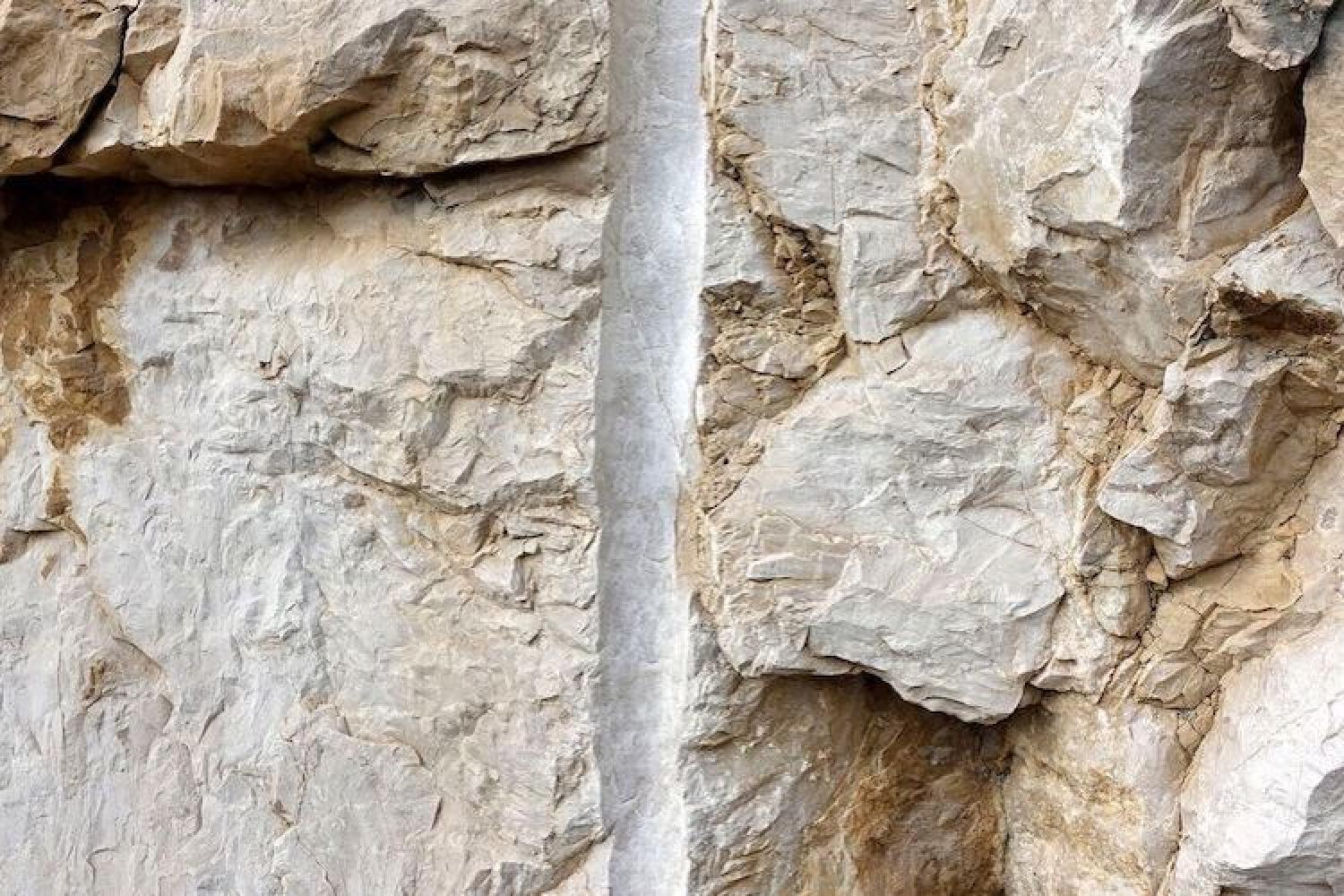
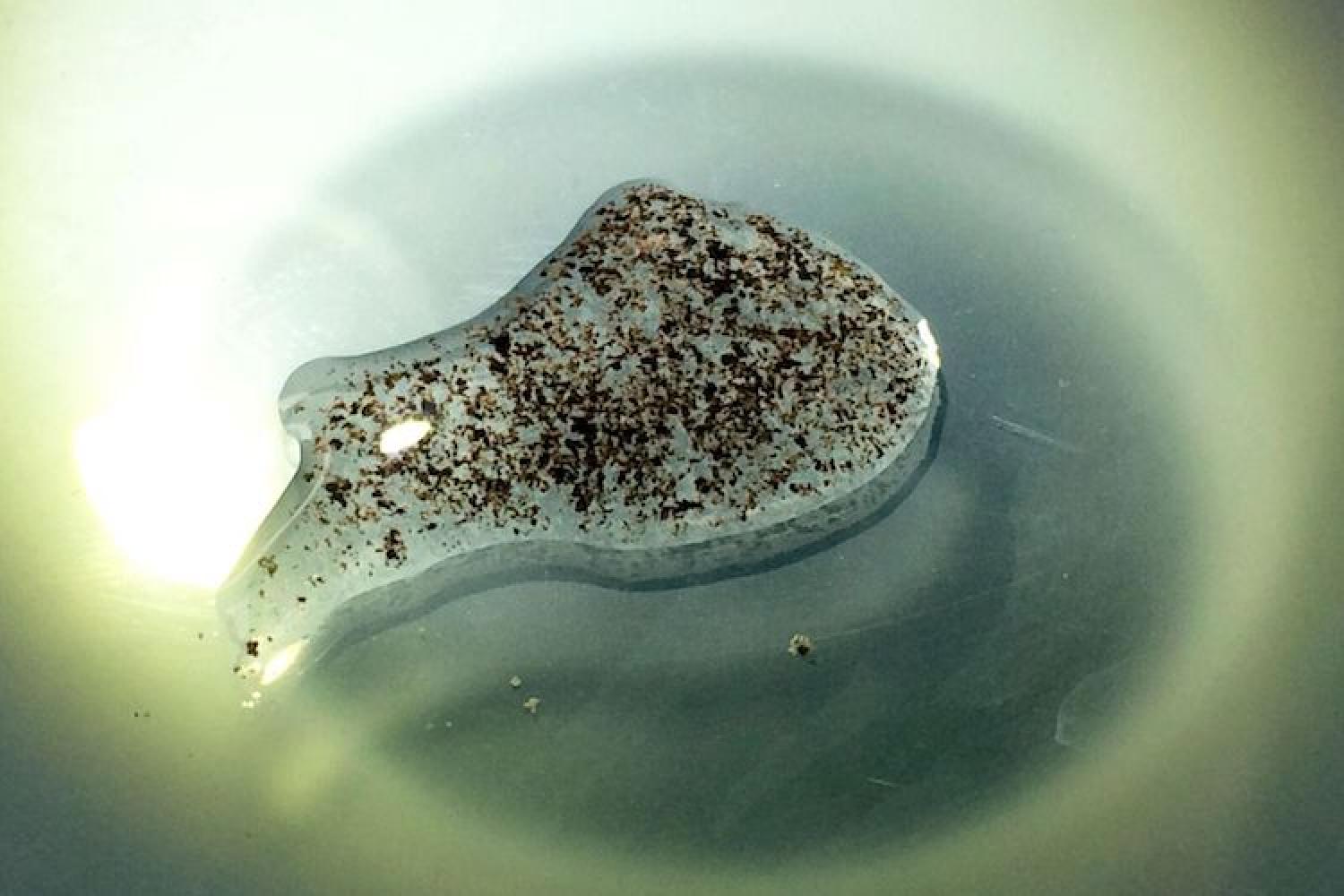
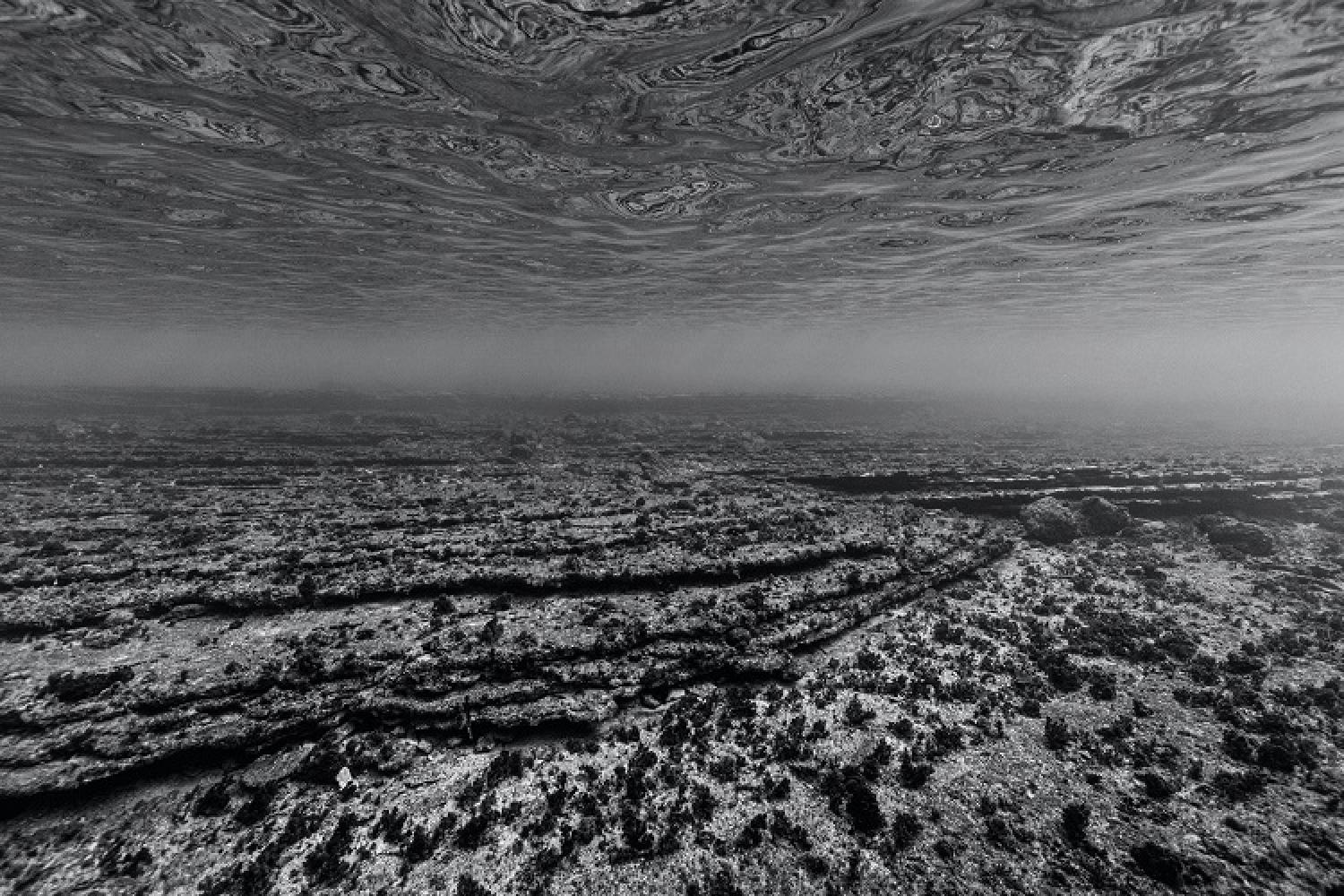
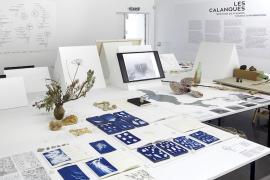
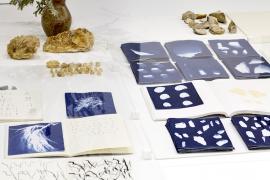
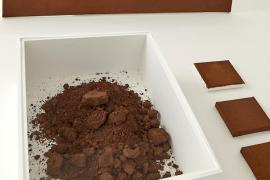
 Links
Links